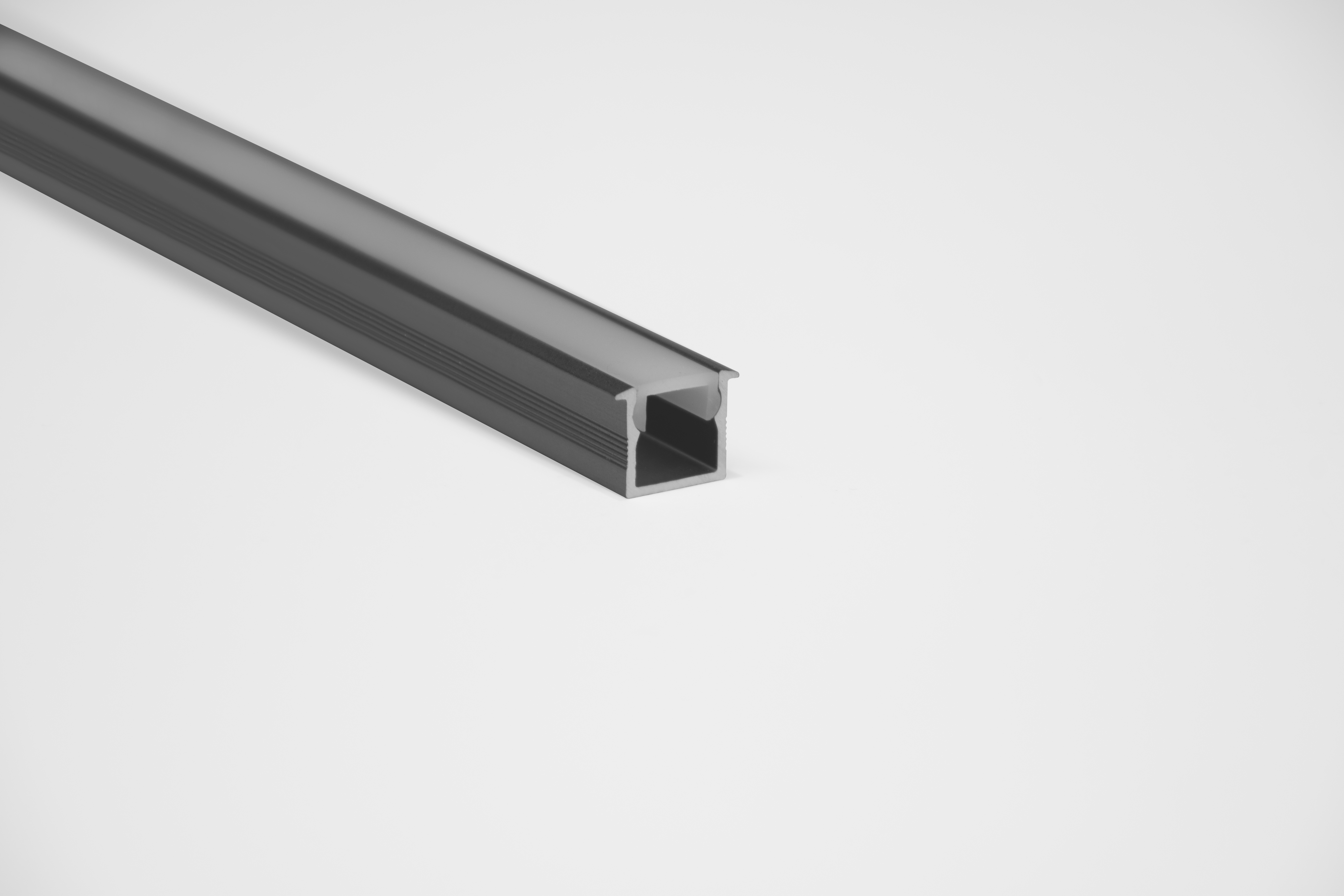The Evolution of Dimmable LED Profiles in Smart Homes
From Basic Lighting to Smart Integration
The shift from traditional lighting setups to contemporary dimmable LED profiles marks a substantial technological leap in home illumination. In the past, lighting systems were rigid, lacking the adaptability to meet diverse needs and moods. However, with the advent of LED technology, especially dimmable LED profiles, users can now enjoy customized lighting experiences. This transformation is particularly notable in smart homes, where LED profiles offer homeowners enhanced flexibility and control over their lighting environments.
Smart homes have wholeheartedly embraced LED profiles as an essential part of their automated systems. These profiles integrate seamlessly with smart platforms, allowing for remote operations, scene settings, and voice - activated commands. According to a 2024 report by MarketsandMarkets, the global smart lighting market was valued at USD 10.9 billion in 2021 and is projected to reach USD 27.7 billion by 2026, growing at a compound annual growth rate (CAGR) of 20.5% during the forecast period. This growth indicates the increasing adoption of such smart lighting solutions. The report also points out that factors like ongoing and upcoming smart city projects in developing economies, better acceptance of standard protocols for lighting control systems, and the introduction of new features such as data analytics and API event generation are fueling this growth.
Key Features Driving Modern LED Adoption
Dimmable LED profiles have become the top choice for homeowners, mainly due to their energy efficiency, durability, and customization capabilities. Unlike traditional lighting, LEDs consume far less energy and have a much longer lifespan. For example, LEDs can last up to 50,000 hours or more, compared to the relatively short lifespan of incandescent bulbs, which typically last around 1,000 - 2,000 hours. This longevity not only reduces the frequency of bulb replacements but also makes LEDs more environmentally friendly and cost - effective in the long run.
Moreover, the customizable nature of slotted linear lamps, a type of dimmable LED profile, allows users to personalize illumination settings. They can adjust the brightness, color temperature, and even the lighting pattern in some cases. This level of customization fosters a more engaging and adaptable lighting environment.
Connectivity and compatibility are crucial in enhancing the user experience within smart homes. Modern LED profiles can be easily integrated into a variety of smart home ecosystems, such as those based on Wi - Fi, Bluetooth, Zigbee, or Z - Wave technologies. This enables users to control the lighting settings through smartphone apps or central automation systems. A 2023 consumer research report found that over 60% of new homeowners prefer LEDs over traditional lighting options. This shift is driven by the desire for advanced lighting controls and sustainable living solutions, which aligns with the global trend towards more intelligent and efficient home designs.
Slotted Linear Lamps with Adjustable Brightness: Technology and Benefits
How Adjustable Brightness Enhances Functionality
The incorporation of adjustable brightness in slotted linear lamps offers significant advantages across different environments, be it residential or commercial. This feature allows users to set the lighting intensity according to their specific needs, thus enhancing both the atmosphere and functionality of the space.
In homes, the ability to dim or brighten lights can create various moods. For a relaxing evening, dimming the lights in the living room can create a cozy and intimate atmosphere. On the other hand, when hosting a party, brightening the lights can make the space more vibrant and energetic. In office settings, a 2022 study by the Office Productivity Research Institute revealed that adjustable brightness can boost productivity. By enabling employees to choose lighting that suits their tasks, it reduces eye strain and improves concentration. For instance, tasks that require high visual acuity, like detailed graphic design work, can be performed more comfortably under brighter light, while tasks that demand focus and concentration, such as reading long reports, may be better suited to slightly dimmer light.
Real - world examples further demonstrate how varying light intensity can impact atmospheres and moods. High - end restaurants often use adjustable brightness features to create appealing dining experiences. They might dim the lights during a romantic dinner service to create a more intimate setting or brighten them during a busy lunch rush to make the space feel more lively. Luxury hotels also utilize this technology to enhance guest comfort. A 2023 Hotel Industry Report showed that by allowing guests to adjust the lighting in their rooms, customer satisfaction ratings increased. Guests could set the lighting to their preferred level for reading, relaxing, or getting ready, which made their stay more enjoyable.
The technology behind adjustable brightness involves sophisticated dimming systems. These systems regulate the power flow to the lamps, ensuring energy efficiency. By reducing the power supplied to the LEDs when lower brightness is required, unnecessary energy consumption is prevented. Additionally, this also prolongs the lamp's lifespan as the LEDs are not operating at full capacity all the time. With the continuous progress of LED technology, these lamps now offer better user satisfaction through seamless control and adaptability. Users can manage brightness levels via dedicated apps or smart home systems, integrating these lamps into a connected ecosystem. This technological development showcases a commitment to combining energy efficiency with user - friendly solutions, which is why slotted linear lamps with adjustable brightness are becoming increasingly popular.
Customizable Slotted Linear Lamps for Personalized Illumination
Tailoring Light Temperature and Intensity
Customizable slotted linear lamps give users the power to adjust light temperature and intensity according to their preferences, which is essential for creating personalized indoor environments. This customization has significant psychological and aesthetic impacts.
For example, warmer light temperatures, typically in the range of 2700K - 3000K, are often associated with relaxation and comfort. They are ideal for living rooms, bedrooms, and other areas where people unwind. In contrast, cooler light temperatures, around 4000K - 6500K, can enhance concentration and alertness, making them suitable for workspaces, study areas, and kitchens. A 2023 survey by a consumer insights firm indicated that 85% of consumers were more satisfied with lighting solutions that offered customizable settings, highlighting the importance of personalized illumination. These features not only enhance comfort but also meet the diverse needs of different settings, from homes to offices, making slotted linear lamps with customizable options highly sought - after.
Design Flexibility for Aesthetic and Functional Needs
The versatility of customizable slotted linear lamps allows for easy integration into different design contexts, offering great design flexibility. This adaptability ensures that these lamps can meet both the aesthetic and functional requirements of any space.
In contemporary office settings, sleek and minimalist slotted linear lamps can blend seamlessly with modern decor while providing adjustable lighting functionality. They can be installed in a linear pattern to evenly illuminate work areas or used to highlight specific architectural features. In residential settings, they can serve as statement pieces. For instance, in a loft - style apartment, unique - shaped slotted linear lamps can be used to draw attention to exposed beams or other architectural elements while also providing practical lighting. Testimonials from renowned interior designers often emphasize how these lamps have successfully combined design and technology to enhance office productivity and home comfort. Thus, the combination of adaptability and innovative functionality makes customizable slotted linear lamps an ideal choice for a wide range of applications.
Energy Efficiency and Sustainability of Modern LED Solutions
Reducing Energy Consumption with Smart Controls
Implementing smart controls in lighting solutions significantly contributes to energy efficiency. These controls enable users to adjust the brightness and operation of lights based on actual needs, effectively reducing energy waste.
For example, lighting systems equipped with motion sensors can detect when a room is occupied or vacant. In an office building, if a conference room is empty, the lights can automatically turn off, saving energy. Similarly, daylight harvesting systems use sensors to detect the amount of natural light available and adjust the artificial lighting accordingly. In a home office, during the day when there is plenty of sunlight streaming through the windows, the smart lighting system can dim the artificial lights to maintain a consistent level of illumination while using less energy. According to the U.S. Department of Energy, the adoption of smart lighting controls can reduce energy consumption by up to 35%. This not only represents a crucial step towards sustainable living but also offers long - term benefits for both the environment and consumers, such as lower energy bills and reduced carbon emissions.
Long - Term Cost Savings and Environmental Impact
Switching from traditional lighting solutions to dimmable LED profiles offers substantial cost savings over the product's lifespan. LEDs consume far less power and have a much longer operational life compared to traditional incandescent or fluorescent bulbs.
Traditional incandescent bulbs consume a large amount of energy and have a short lifespan, often requiring frequent replacements. Fluorescent bulbs, although more energy - efficient than incandescent bulbs, still contain mercury, which is harmful to the environment when not properly disposed of. In contrast, LEDs are highly energy - efficient, consuming up to 70% less energy than incandescent bulbs. They also have a much longer lifespan, sometimes lasting up to 25 times longer than incandescent bulbs. A study by the International Energy Agency emphasizes that widespread LED adoption could lead to a reduction in global electricity consumption by 30%, which would have a significant positive impact on environmental health. These expert insights firmly establish LEDs as a cornerstone of sustainable lighting solutions.
Seamless Smart Home Integration and Control
Compatibility with Voice Assistants and IoT Ecosystems
The integration of lighting solutions with voice assistants like Amazon Alexa and Google Home significantly enhances the user experience by enabling hands - free operation and improving accessibility. Users can easily adjust lighting settings using simple voice commands. For example, a user can say, "Alexa, dim the living room lights to 50%" or "Hey Google, turn on the bedroom lights." This creates a convenient and intuitive interaction with their living environment.
Furthermore, the compatibility of lighting systems with Internet of Things (IoT) ecosystems allows for the seamless connection of multiple devices within a smart home. A smart lighting system can be connected to other smart devices such as smart thermostats, security cameras, and door locks. This interconnectedness enables synchronized operations. For instance, when the security system detects an intruder, the lights can be set to flash brightly to deter the intruder. A 2023 Smart Home Market Report showed that the adoption rates of smart home technologies have been steadily increasing, with a projected annual growth rate of 25% over the next few years. Such integration not only simplifies daily routines but also contributes to the creation of a more intelligent and responsive living space.
Optimizing Lighting Scenes via Mobile Apps
Mobile applications play a crucial role in enabling users to create customized lighting scenes that meet their specific needs and preferences. Through intuitive interfaces, these apps allow users to easily automate and adjust lighting settings, optimizing both the ambiance and energy usage of their homes.
For example, a user can create a "movie night" scene where the lights in the living room gradually dim, and a soft, warm glow is set around the TV area. Another user might create a "wake - up" scene for the bedroom, where the lights slowly brighten in the morning to simulate a natural sunrise, helping to wake them up gently. In terms of security, most applications incorporate robust encryption and secure connection protocols to safeguard user data, minimizing potential security risks. Popular applications in the market, such as Philips Hue and LIFX, have reported substantial growth in their user bases, highlighting the ease of use and versatility these apps offer. The ability to use mobile technology for lighting control empowers users, providing a combination of convenience, security, and customization in managing their smart home environments.











